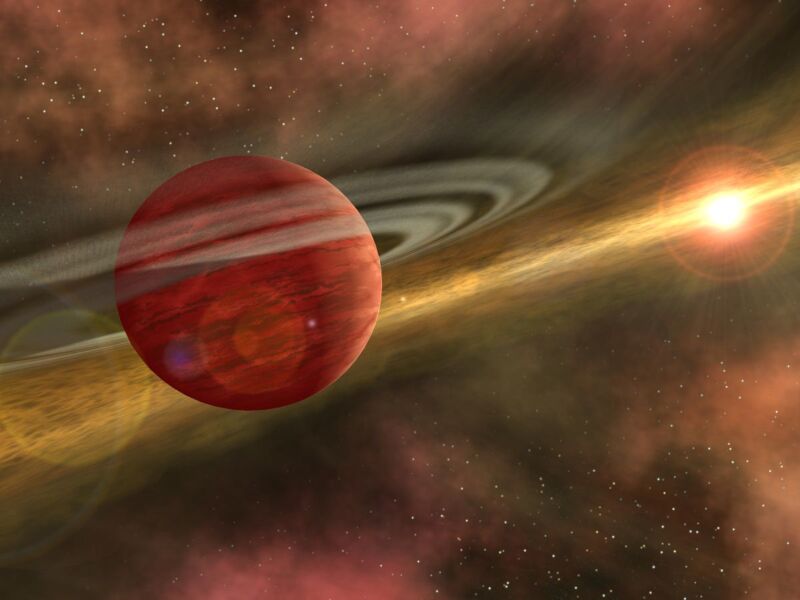Enlarge (credit: NASA/JPL-Caltech)
You win some, you lose some. Earlier this week, observations made by the Webb Space Telescope provided new data that supports what we thought we understood about planet formation. On Thursday, word came that astronomers spotted a large planet orbiting close to a tiny star—a star that’s too small to have had enough material around it to form a planet that large.
This doesn’t mean that the planet is “impossible.” But it does mean that we may not fully understand some aspects of planet formation.
A big mismatch
LHS 3154 is, by any reasonable measure, a small, dim star. Imaging by the team behind the new work indicates that the red dwarf has just 11 percent of the Sun’s mass. Temperature estimates place it at about 2,850 K, far lower than the Sun’s 5,800 K temperature and barely warm enough to keep it out of ultracool dwarf category. (Yes, ultracool dwarfs are enough of a thing to merit their own Wikipedia entry.)
Read 11 remaining paragraphs | Comments

